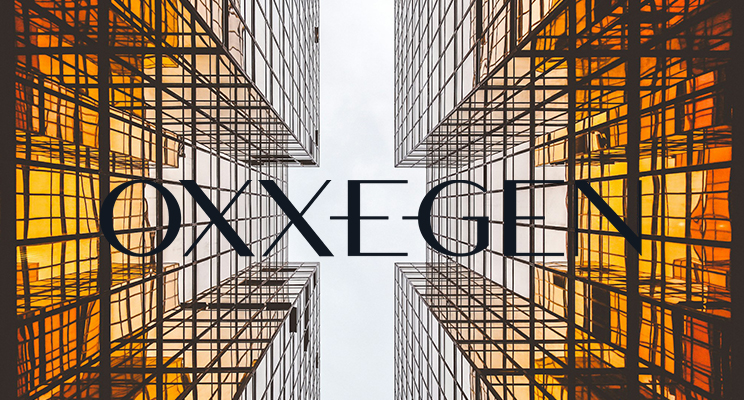Executive Summary:
The manufacturing sector is experiencing a paradigm shift. Executive boards are setting ambitious targets around efficiency, customisation, and sustainability. The crux of the challenge lies in translating these high-level strategies into practical outcomes on the manufacturing floor. Traditional approaches often falter due to data fragmentation, operational impediments, and a lack of agility. Generative AI emerges as a pivotal solution, effectively bridging the strategic execution divide.
Strategic Translation through Generative AI:
Generative AI transcends the role of mere technological advancement; it’s an integral strategic partner. It excels in:
-
Strategic to Operational Translation:
Generative AI leverages market analysis and executive goals to propose optimised product designs, forecast demand shifts, and strategise resource allocation. This capability enables manufacturers to respond rapidly and align production with overarching business objectives.
-
Harnessing Data for Operational Excellence:
Manufacturing floors are data-rich environments. Generative AI breaks down data silos, providing real-time insights, preempting bottlenecks, and suggesting enhancements, thus leading to streamlined processes and maximising operational efficiency.
-
Driving Evolution and Adaptability:
Unlike static systems, Generative AI continually adapts and learns. It proposes innovative materials and designs and adjusts to market changes, ensuring long-term resilience and improvement.
Generative AI in Action:
The application of generative AI is not a distant future concept but a current reality. Here are instances of its impact:
Boral: Utilised AI to reduce concrete production time by 12%, achieving cost savings and heightened efficiency.
Visy: Implemented AI for 98% accurate equipment failure predictions, enhancing uptime.
CSIRO: Developed AI-assisted robots for collaborative assembly line tasks, augmenting human capabilities.
Bosch Australia: Incorporated AI-driven robots for precision tasks like welding and assembly, improving consistency and safety.
Wesfarmers: Applied AI for data-driven demand prediction, optimising inventory and supply chain efficiency.
Siemens: Leveraged AI in design processes, halving the development time for industrial machinery.
GE Aviation: Adopted AI in additive manufacturing, creating lighter, more efficient jet engine components.
Schneider Electric: Utilized AI for 95% accurate equipment failure predictions.
Human-Centric AI Integration:
Integrating AI in manufacturing is not about supplanting human labour but establishing a synergistic human-AI ecosystem. Generative AI enhances human capabilities by:
Automating Routine Tasks: Allowing the workforce to concentrate on strategic decision-making and problem-solving.
Delivering Data-Driven Insights: Equipping teams with accurate analyses for informed decision-making, eliminating guesswork.
Inspiring Innovative Solutions: AI’s analytical prowess aids in exploring novel solutions, particularly beneficial in the Australian manufacturing context.
Implementation Roadmap: Embarking on the generative AI journey involves:
- Identifying Core Challenges and Objectives: Pinpoint areas where AI can substantially impact.
- Workforce Education: Cultivate an AI-inclusive culture.
- Gradual Implementation: Start with pilot projects to gauge the technology’s implications.
- Expert Partnerships: Collaborate with AI specialists for successful deployment.
Conclusion:
Generative AI is the key to transforming executive visions into tangible manufacturing achievements. It paves the way for enhanced efficiency, customised products, improved sustainability, and a competitive edge. Start your journey today to harness the expansive potential of generative AI in your manufacturing operations.



